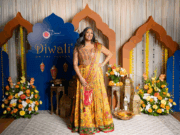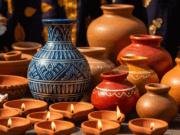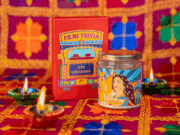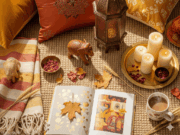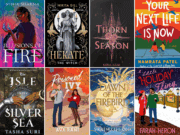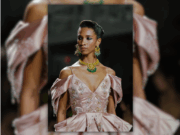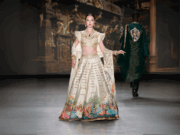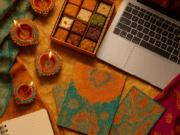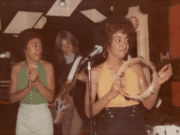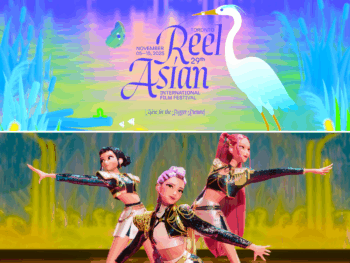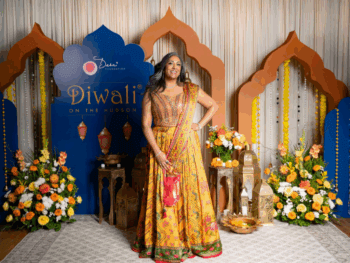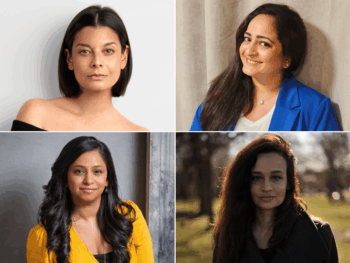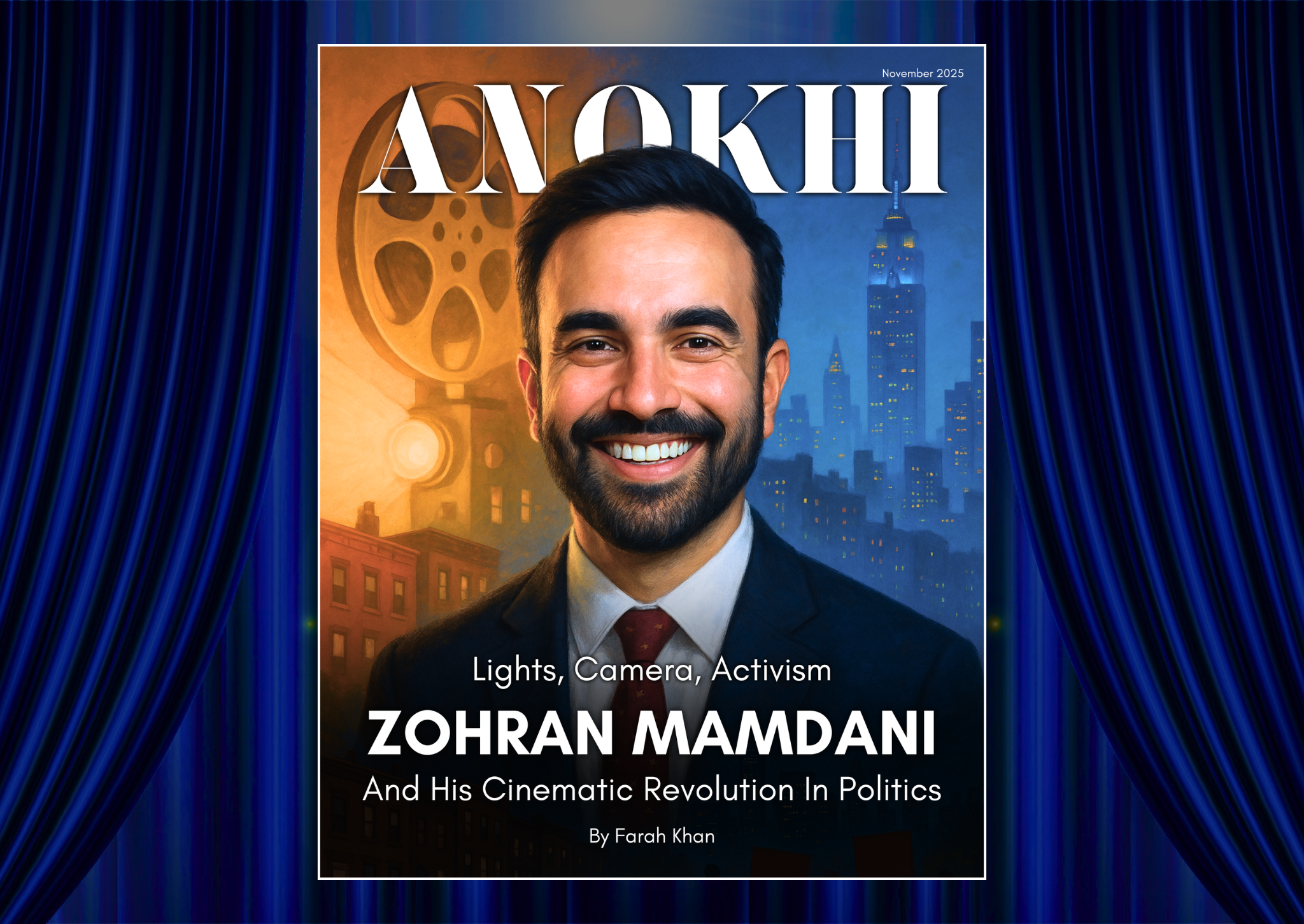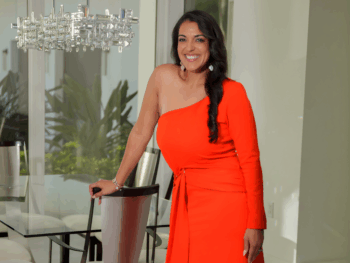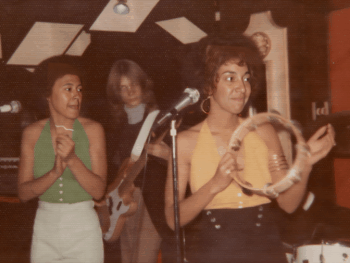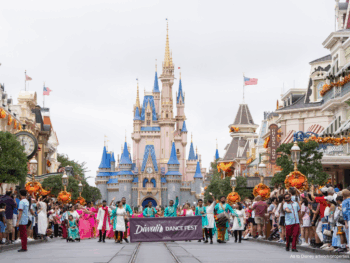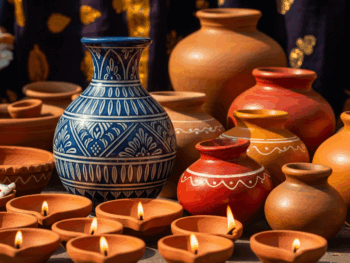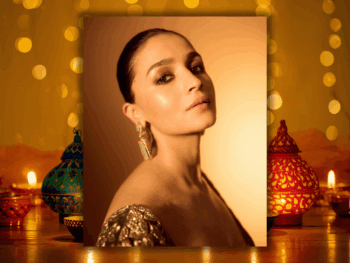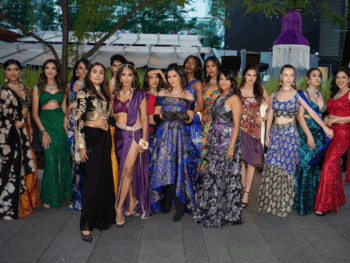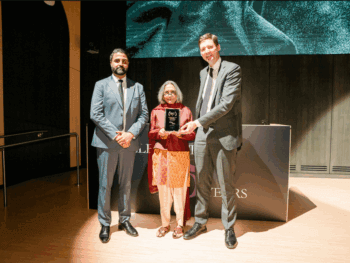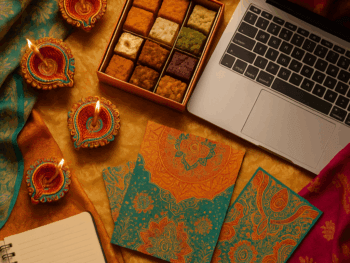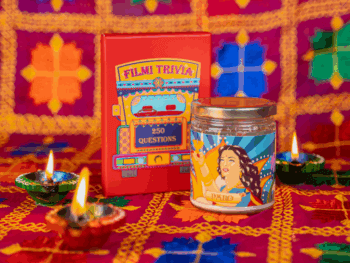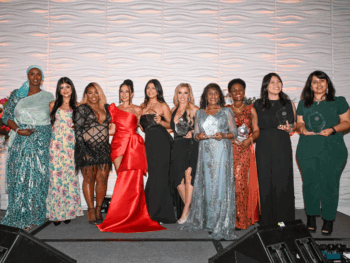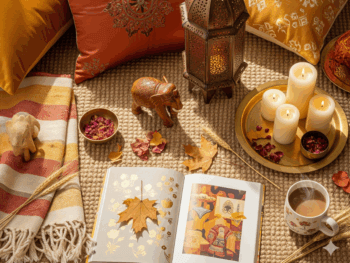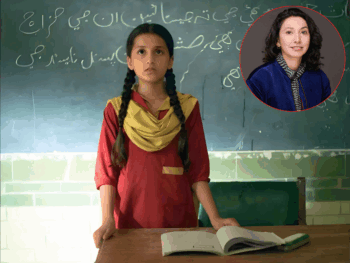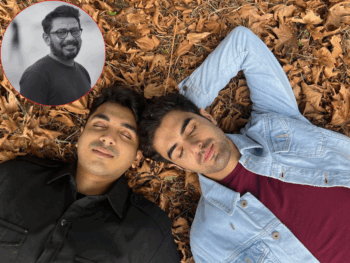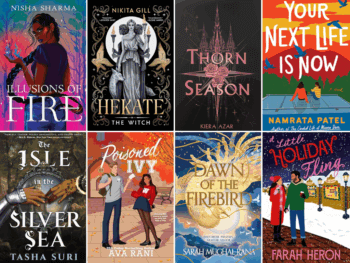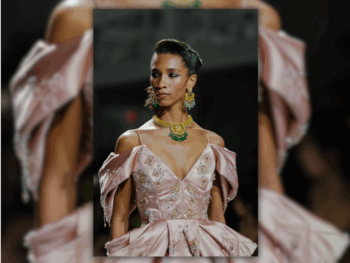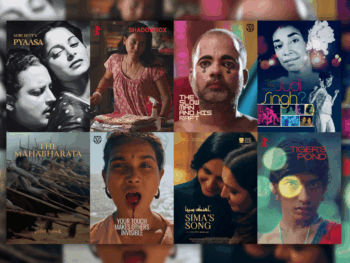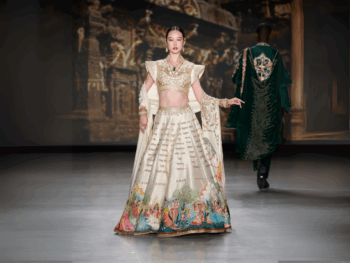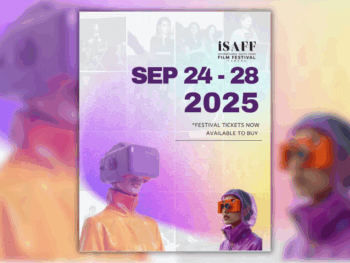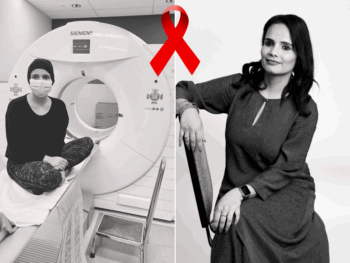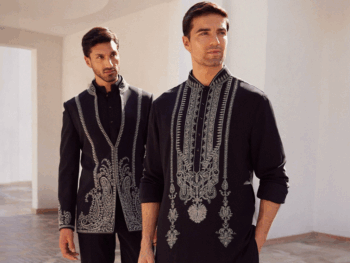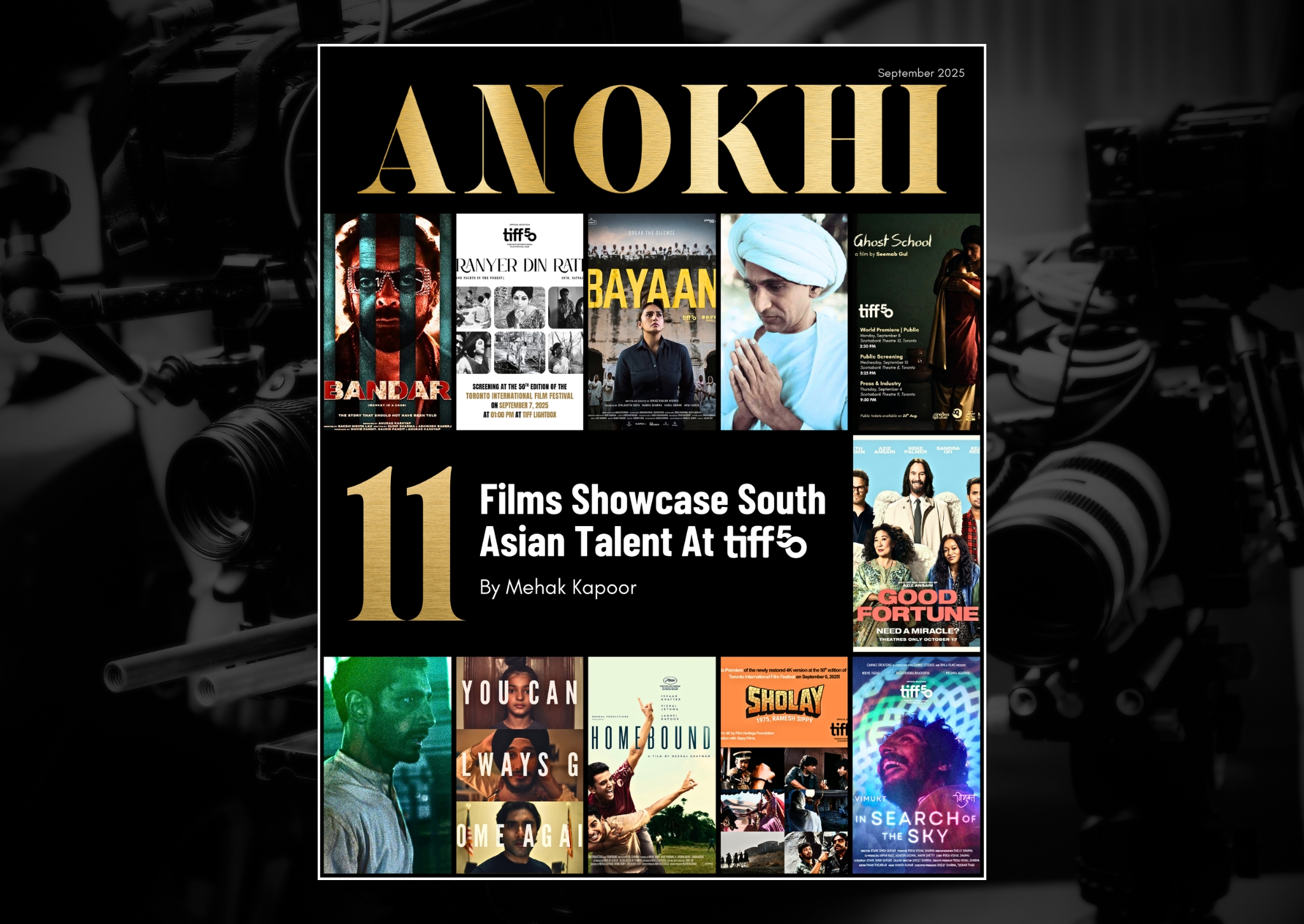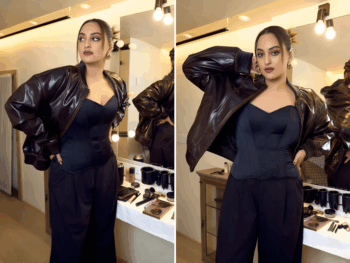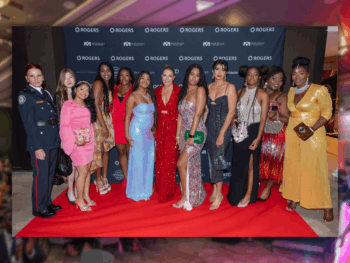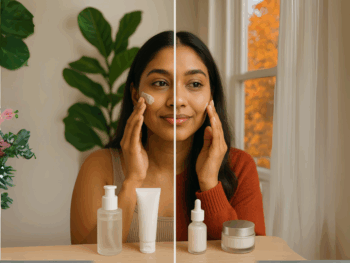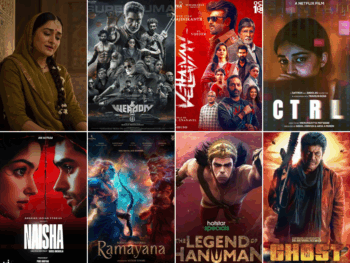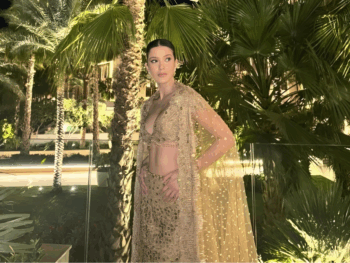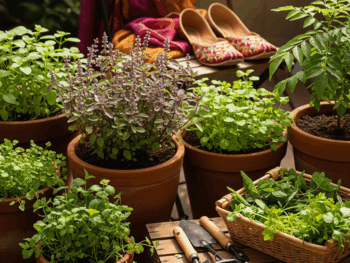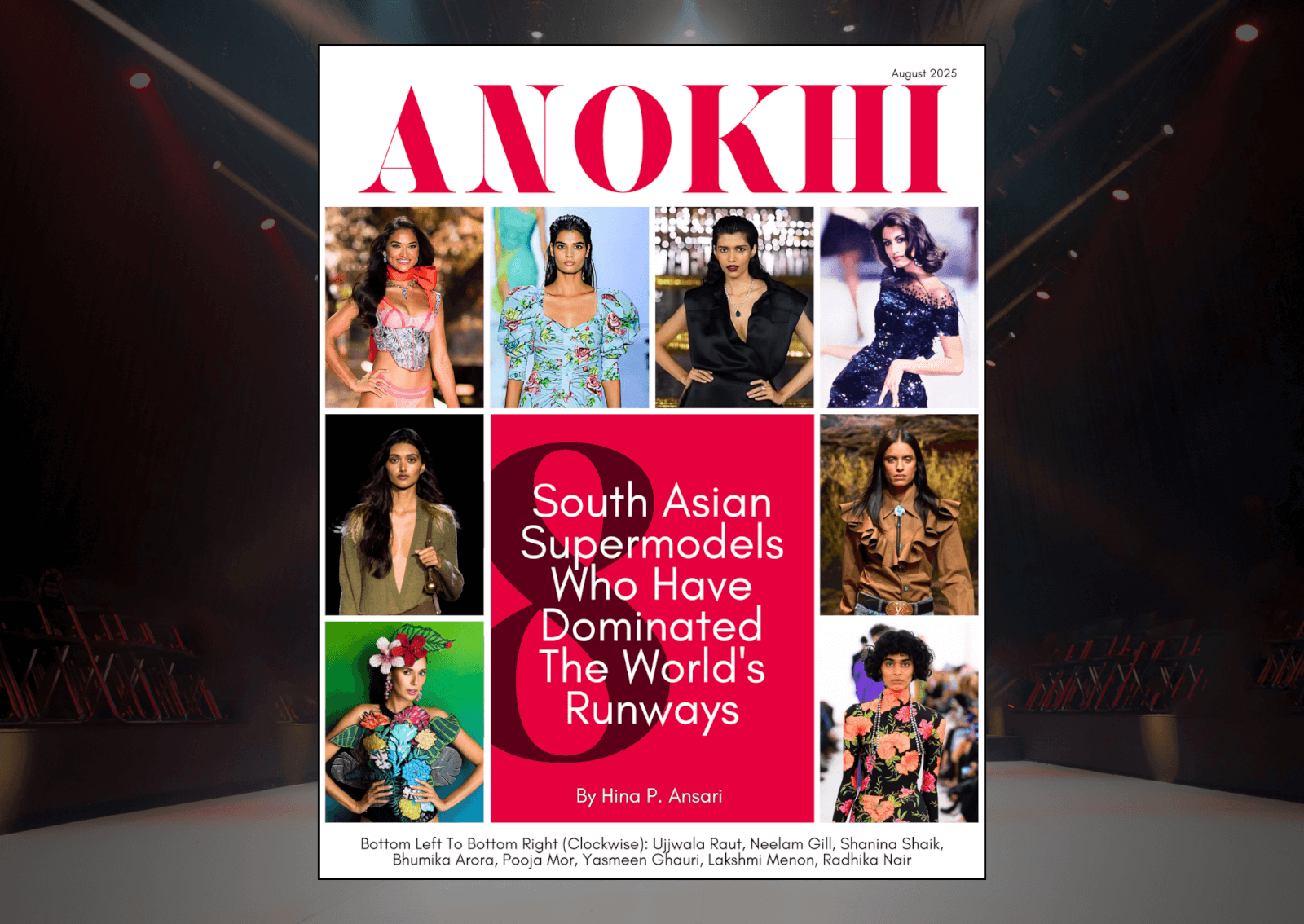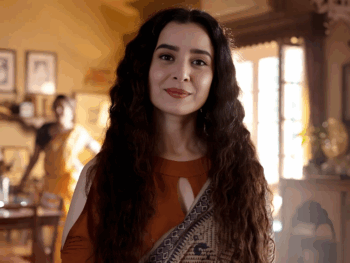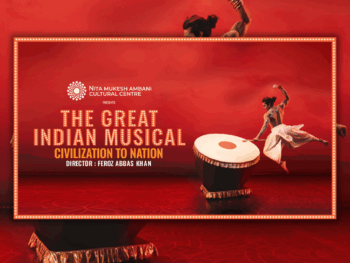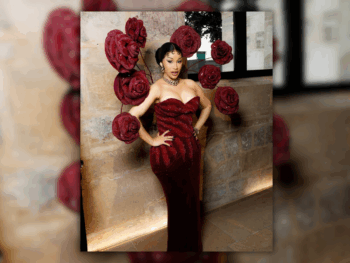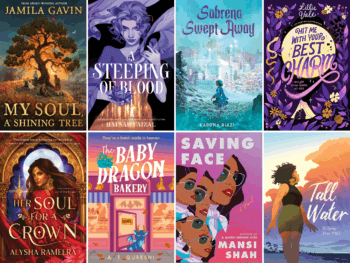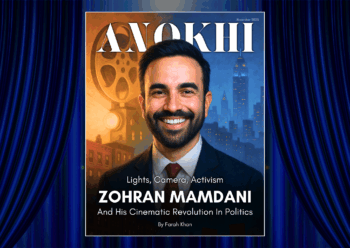Pakistani-American Artist Anila Quayyum Agha Explores “Intersections” Of Worldly Binaries
Apr 03, 2016
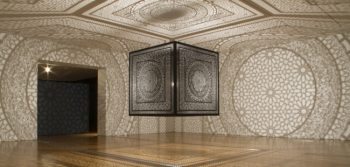
Anila Quayyum Agha presents her unique exhibit at the acclaimed Peabody Essex Museum in Massachusetts. We chat with her about her vision and the her place in today's modern art scene.
Anila Quayyum Agha is a Pakistani-American artist with over 60 shows and numerous awards. She holds an MFA from the University of North Texas and is currently an associate professor of drawing at the Herron School of Art and Design in Indianapolis.
Her entry titled "Intersections" won both the Public Vote Grand Prize and the Juried Grand Prize at ArtPrize 2014. In this project, the artist's goal has been to explore the binaries of public and private, light and shadow, and static and dynamic through the purity and inner symmetry of geometric design and the interpretation of cast shadows.
The installation is currently on display at the Peabody Essex Museum from February 6 through July 10, 2016.
We chatted with her about her artistic vision and inspirations.

Anila Quayyum Agha
Photo Credit: Kathy Tarantola/Peabody Essex Museum
Sanam Malik: You have lived both in Pakistan and United States. What experiences from each place drove you towards your creative pursuits?
Anila Quayyum Agha: Politics and social conditions in societies worldwide inform my art practice. On a more intimate level, my personal history and memories of growing up in Pakistan as a young woman where cultural traditions drive behaviour patterns inform my art making process. And now, life in the USA as an adult for the past 16 years has added additional perspectives to my narrative.
In Pakistan I find the externalized surfeit of morality directed at others rather than the self extremely debilitating. Furthermore, during my visits to Pakistan over the last decade or so I have observed finger pointing, coupled with a lack of examination and interpretation of the dominant faith resulting in extreme human rights violations towards women, children and minorities. Furthermore, in the United States, we are surrounded by fractured politics that are currently manifesting in the presidential elections through overt racism and classism. Such topical and traditional factors inform my thinking and abstractly manifest in my art making.
I am a mixed media artist of Pakistani origin. Having lived on the boundaries of different faiths and cultures, my artwork is deeply influenced by the simultaneous sense of alienation and transience that informs the migrant experience. This consciousness of knowing what is markedly different about the human experience also bears the gift of knowing its core commonalities and it is these tensions and contradictions that I try to embody in my artwork.
Through the use of a variety of media, from large sculptural installations to embroidered drawings, I explore the deeply entwined political relationships between gender, culture, religion, labour and social codes. In the past, I have used combinations of textile processes along with sculptural methodologies to reveal and question the gendering of textile work as inherently domesticated and excluded from being considered an art form.
My experiences in my native Pakistan and as an immigrant here in the United States are woven into creating artwork that participates in re-defining and re-writing women’s handiwork as a poignant and often excluded form of creative expression. This process results in artwork that is conceptually ambiguous, producing more complicated patterns of thought, artistic action and social experience.

Photo Credit: www.megastoat.tumblr.com
SM: What do you want viewers to draw from your exhibits?
AQA: I believe, foremost, a viewer responds to art through his/her personal experiences and upbringing. I also think sometimes one doesn't need a deep background knowledge of contemporary art to understand it. Having a desire to further one’s experiences and knowledge has more impact for the audience member as often contemporary art references topical situations and politics. My desire with all my work is to incite understanding and tolerance and furthering cultural literacy.
SM: The "Intersections" installation emulates patterns from Alhambra. What drew your attention to this particular historic site?
AQA: I knew about the Alhambra palace complex from an early age, through books but also because it is a source of pride for children born in the subcontinent that there is the existence of a magical and tangible architectural gem in Europe created by artisans from a shared Islamic history. I think it was romance with the past that drew me to it. I also visited Cordoba, and stood on the Roman bridge which made me feel connected to our human history as a whole. It was a combination of very powerful feelings such as pride, nostalgia and sadness that compelled me to start thinking of a project that could generate the kind of feelings I experienced at the Alhambra, and standing atop the remains of the Roman bridge; two very distinct and different moments of history yet connected through time.

"Intersections": Laser-cut wood, a single light bulb, 6.5' square cube, cast shadows; 32' x 34'
Photo Credit: www.artprize.org
SM: How long did it take to complete the installation and what were some of the challenges you faced in the process?
AQA: From inception to the completion of the "Intersections", it took approximately 15 months to complete. And as with any big project, there were challenges and personal growth that came with the making of "Intersections". First, using new technology on a limited budget presented the biggest challenge. Time was another factor as I was on a full teaching load at the Herron School of Art and Design/IUPUI while making the project. Additional factors dealt with the size of the project and limited studio space, funding, and supplies and then towards the completion of the project, the burden of finding locations willing to exhibit the installation as it requires a large space. Coupled with artistic temperament and sometimes self doubt created stress but over time the challenges turned into personal growth and became surmountable.

"Intersections": Laser-cut wood, a single light bulb, 6.5' square cube, cast shadows; 32' x 34'
Photo Credit: Peabody Essex Museum
SM: What are the next projects in the pipeline for you?
AQA: Currently I am working on new work for a solo show at the Aicon Art Gallery in NYC that is opening in October 2016. I am working on two series of drawings that have cut-outs and embroidery as well as a few sculptures in wood.
SM: What would you identify as your dream artwork?
AQA: This is a hard question to respond to. I think I generally like all my work but that wasn't always the case. During the earlier years of building my art practise, there were instances that I found some completed work not optimal and up to my exacting standards and it won't be last time that happens. As a professional artist, I feel it is always important to continue to hone one’s skills and fine-tune content of the work to remain relevant and cutting edge in one’s output. I will say this, I love what I do and do it with great interest and gusto and hope to continue working till the last day of my life.
SM: Which artists inspire you the most?
AQA: There have been many people and artists who have influenced me over the years. First, was professor Salima Hashmi, an art professor at NCA. My visits to her home were often marked by seeing an abundance of artwork and meeting interesting people including her husband, the always smart and funny Shoaib Hashmi.
At their home I was introduced to myriad intellectuals of the Pakistani artistic community who were open minded and respectful towards ideas and choices for both men and women. Additionally, I had a friend in college, Sabina Gillani, who influenced me, not so much because she was an artist but because her family was tremendously supportive of her. Visiting her family opened my eyes to possibilities in my own life and the prospect of creating a life that included an independent mind with an inner intellectual life. Interaction with her family brought the realization that I didn't need to be subservient to fit a proscribed role limited to child bearing and domestication but could design a more fulfilling role for myself. This realization was key to my growth.
Over the years I have often been intensely influenced by women artists like Mona Hatoum, Ann Hamilton, Ann Wilson, Shirin Neshat and Chiharu Shiota. Their work is beautifully conceived and crafted. But they do much more by taking the audiences on journeys through cultural landscapes that are fraught with tensions and contradictions. They have not shied away from looking at controversial present and past histories. I have also found wonderful insights from exploring the works of Antony Gormley, Olafur Eliasson, Anish Kapoor, and Francis Alys.
One of my all time favorite artists, Ellsworth Kelly has taught me that elegance and beauty need not be scorned. Last but not least, artists from Pakistan like Shahzia Sikander, Rashid Rana and Imran Qureshi are making excellent work which gladdens my heart. I find art that allows viewers to examine shifting identities, the politics of cultural landscapes and the examination of public and private space very compelling. Such artwork allows me to be represented too, and identified as a citizen of the world adding value to the global landscape.
To view more of her drawings, paintings and installations, visit www.anilaagha.com. You can visit the exhibit at the Peabody Essex Museum.
Main Image Photo Credit: Peabody Essex Museum
Sonia Malik
Author
Sonia writes on current affairs and pop culture. An English graduate from the University of Toronto, she identifies as a global citizen, feminist and nature lover. She will be ready to shake a leg to a peppy Bollywood beat any day.





